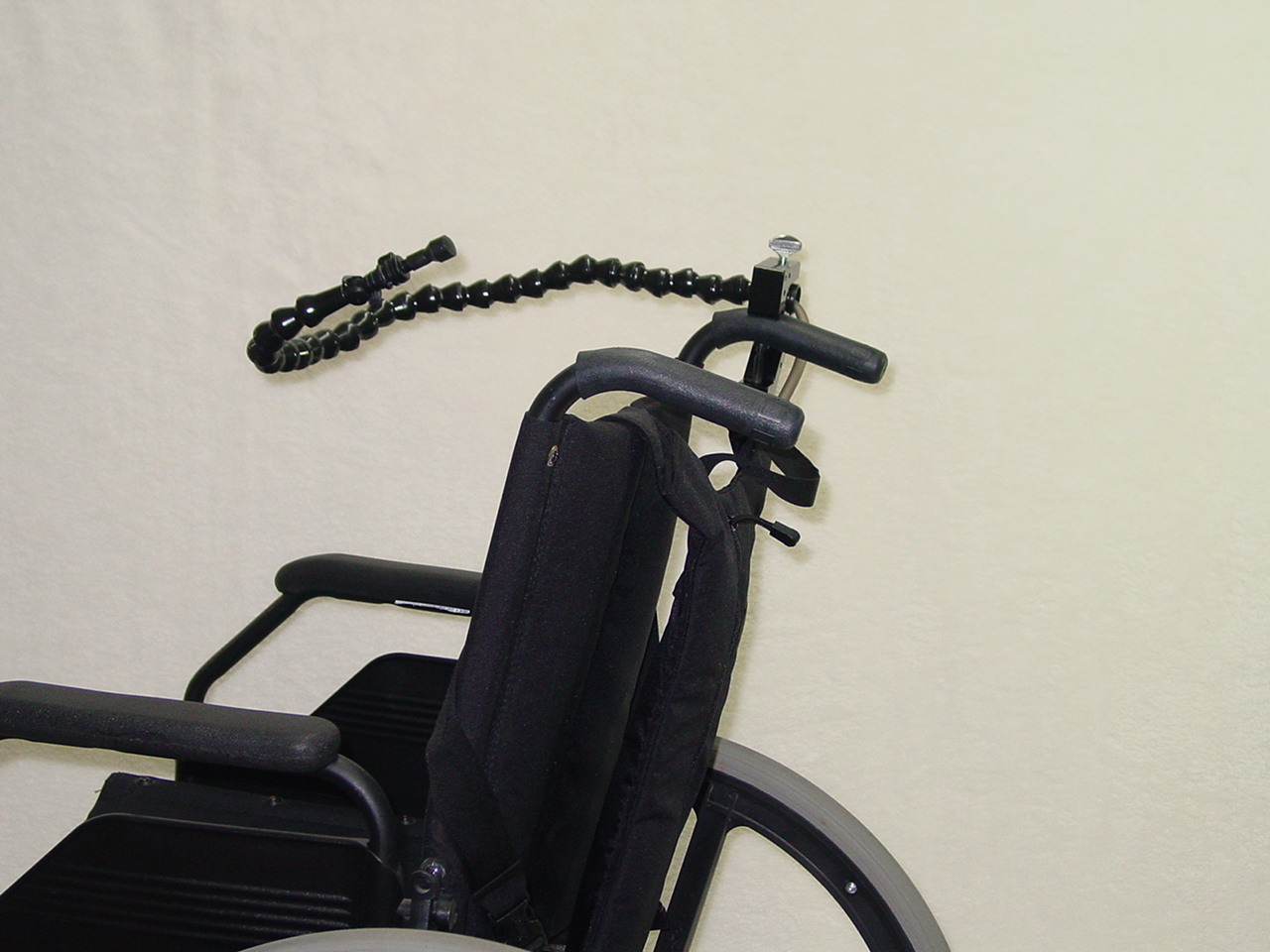Drinking
- Good hydration is an essential part of maintaining a healthy body and
general feeling of well-being. It is especially important to address
the issue of providing enough fluids for those who are dependent upon
another person for providing of all of their liquids. Because they are
unable to take a drink when their body feels the need for liquid, they
tend to drink less than they would if they could take a drink whenever
they wanted. Read the entire article....
... For those who are able to drink through a straw or drinking
tube, one of the hands free drinking systems from Mealtime Partners may
help them drink independently.
More detailed information about seating and positioning for eating
and drinking can be found in several of the earlier Mealtime Partners
Newsletters as follows: the June 2009 Newsletter topic: Promoting a Chin Tuck for Safer Eating; the July 2009 Newsletter topic: Positioning for Eating; and the August 2010 Newsletter topic: How We Eat.























 Ever noticed how scientific opinions swing from one extreme to the other?
Ever noticed how scientific opinions swing from one extreme to the other?











